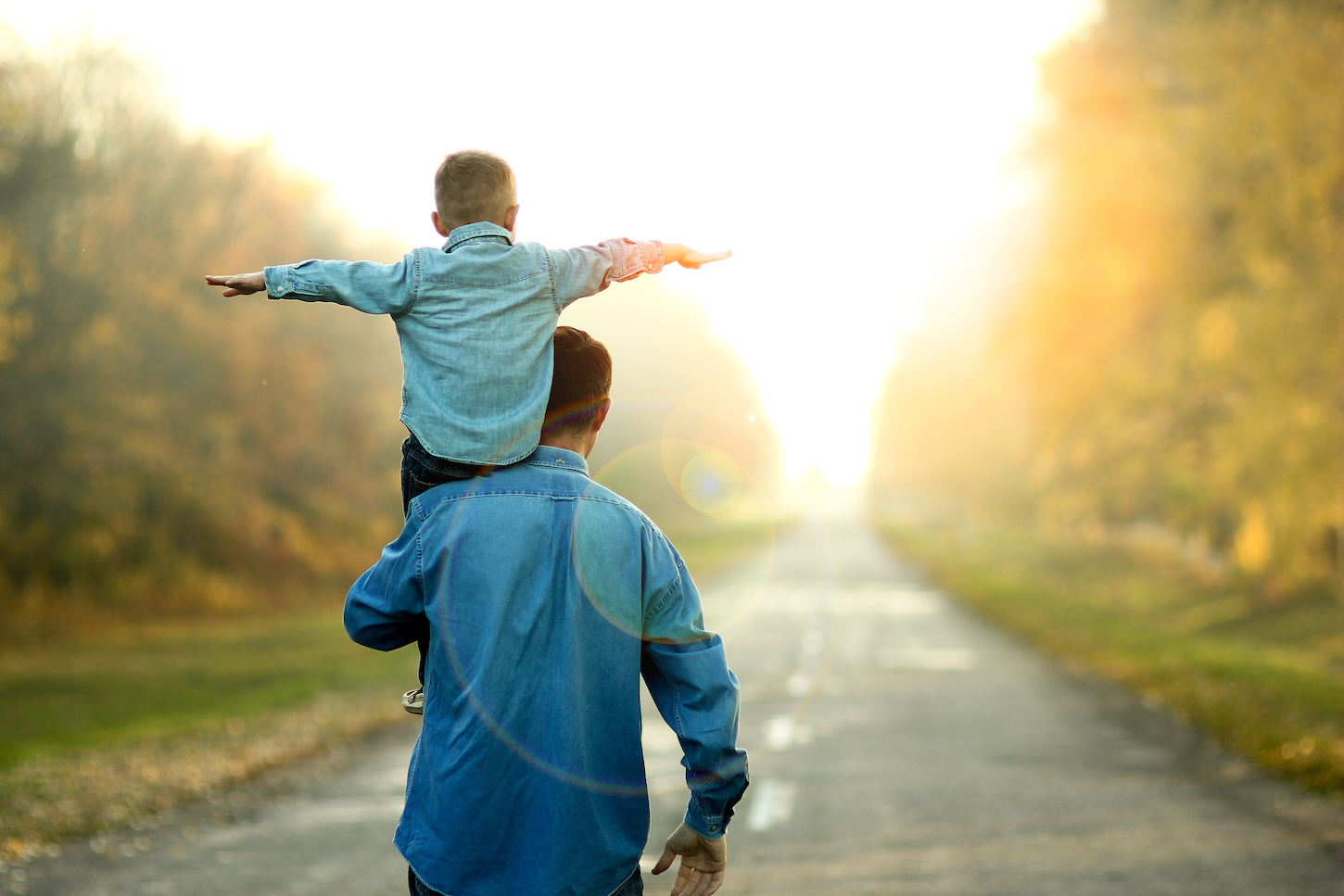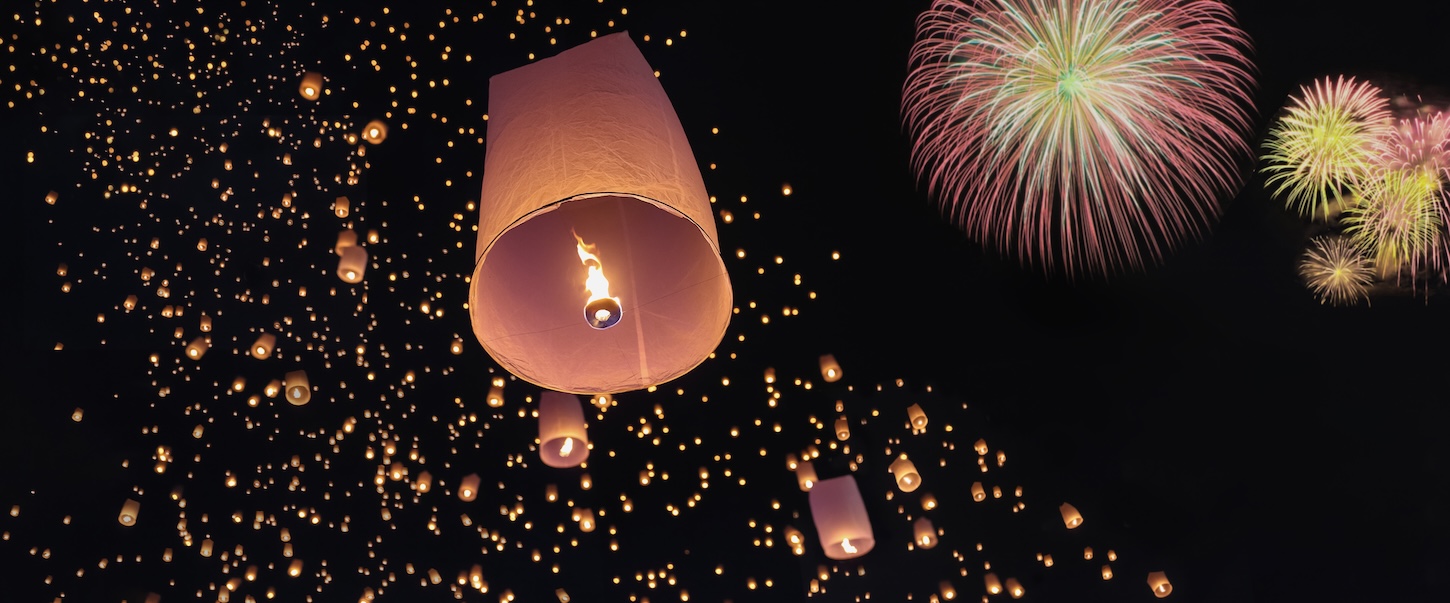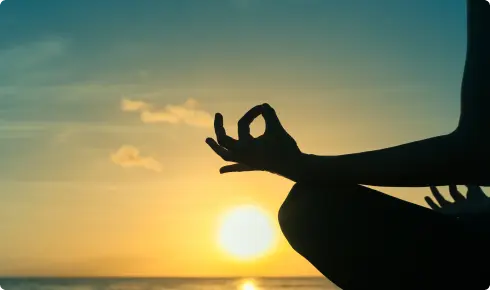Hope isn’t wishful thinking. It’s the deliberate practice of navigating uncertainty through presence, purpose, and small acts of courage.
KEY POINTS
- Hope emerges not from certainty but from presence, anchoring in this moment when tomorrow feels impossible.
- Rejection and loss reveal what we’re made of and redirect us toward who we’re meant to become.
- Transformation begins with tiny acts—mopping a floor mindfully, writing one page, making one call.
When I first arrived in America from Bangladesh in 1986, I was a 17-year-old student with just $700, a suitcase, and dreams far bigger than my circumstances. I spoke little English, knew no one, and had no safety net. The weight of uncertainty was heavy, but it also sparked my journey.
At Southern Illinois University, I studied engineering by day and worked as a janitor by night. Those graveyard shifts were humbling—scrubbing marble floors and polishing furniture in offices where decisions shaped others’ lives, I felt the gap between where I stood and where I hoped to be.
My elderly supervisor once told me, “Be one with the floor.” At first I laughed, but soon I understood. Focusing on each sweep of the mop quieted the fear of tomorrow. Mindfulness was not abstract theory but a survival tool. It steadied me against chaos and became a cornerstone of my life: clarity and purpose can be found even in the most ordinary tasks.
When Rejection Tried to Define Me
Rejection came early and often. At the University of Minnesota Duluth, the head of the computer engineering department slammed his desk and declared, “You are not the kind of material who will ever become an engineer.” His words stung but fueled me. While still a student, I built my first commercial software and hardware product. Imperfect as it was, it caught the attention of a local company and led to employment. That moment revealed rejection for what it is: not a verdict on worth but a fleeting opinion.
Years later, rejection struck again in entrepreneurship. In the late ‘90s, my venture capital investors fired me from a company I founded, claiming I wasn’t “growing fast enough.” They even took ownership of my manuscript. The loss was devastating. Yet devastation is not the end; it’s a pivot. I dusted myself off, launched a new venture, and wrote another book. Each painful ending carried the seeds of a new beginning. Rejection didn’t erase the pain, but it taught me persistence and the courage to rebuild.
Life’s Cruelest Surprise
In 2021, just as I began writing about the post-pandemic future, life delivered its harshest blow: Our only son, then a college freshman, was diagnosed with multiple myeloma, a rare blood cancer. The news shattered my sense of stability. Watching someone you love face such a battle tests every fiber of your being.
Yet my son’s calm and courage humbled me. His strength reminded me that resilience is not about denying pain but learning to live with it. His courage became a mirror, showing that even in the darkest moments, hope can endure.
Grief, when met with presence can ignite purpose. His diagnosis reshaped my perspective and my work. Among other things, I channeled energy into initiatives supporting research and raising awareness of multiple myeloma. What began as personal challenge became a calling —to turn suffering into service, vulnerability into strength.
Pain can break us, or it can help us build something greater. Heartbreak can become a force for transformation, challenging us to find meaning in suffering and to create something enduring.
What Hope Really Means
Hope is often mistaken for blind optimism, but it is not about ignoring pain or pretending that uncertainty doesn’t exist.
Hope isn’t just a noun. It’s also a verb. It’s not simply something we feel; it’s also something we do.
Hope is a practice, a deliberate choice to step forward even when the path is fogged.
Psychologists describe hope as setting meaningful goals, finding pathways to achieve them, and believing in one’s capacity to act. That framework resonates deeply with my life. When ventures failed, I didn’t rebuild everything at once. I started small: a phone call, a proposal, a page in a new manuscript. Each tiny act restored momentum, showing me that progress matters more than perfection. Small steps are pebbles dropped in a pond, rippling into larger waves of change.
Over time, I came to see uncertainty not as an enemy but as fertile ground. Rejection, loss, and crisis became soil where new growth could take root. Uncertainty is not a barrier; it is the very condition that makes resilience and creativity possible.
Life has taught me that hope is active. It is the will to keep moving, creating, and believing, even when the road is invisible.
Five Practices that Kept Me Going
From janitor to entrepreneur, from rejection to global platforms, from personal loss to advocacy, five practices sustained me:
Anchor in the present. That advice—“be one with the floor”—still guides me. Presence quiets fear.
Reframe rejection. Every no redirected me to a better path. Rejection is not a verdict but a signpost.
Start small. A mountain is climbed step by step. Even the smallest action builds momentum.
Find purpose in adversity. My son’s diagnosis gave my work new meaning. Hope thrives when tied to something larger than yourself.
Lean on others. From my first supervisor to mentors and friends, community has been my safety net. No one navigates uncertainty alone.
Hope as a Lifeline
Hope is not a fleeting emotion; it is courage in motion, wisdom born of setbacks, and faith that something meaningful can emerge from the unknown. In a world grappling with economic instability, health crises, divisions, wars, and climate anxiety, hope is not optional; it is our lifeline.
Hope does not erase hardship but transforms it into possibility, purpose, and a path forward. Hope is the quiet strength that keeps us walking, even when the road is obscured by fog.
So I ask you: Where in your life is uncertainty stirring discomfort right now? A stalled career, a fractured relationship, or the weight of a world in flux?
Instead of rushing for answers, sit with the ambiguity; let it teach you. What’s one unexpected action you can take today to dance with uncertainty? Perhaps sketching an idea on a napkin, whispering your fears to the night sky, or reaching out to someone new?
Sometimes, hope is simply the audacity to embrace chaos and create from it. It is the spark that can carry us through the darkness, lighting the way even when the path is unclear.
[Photo: Kostia / Adobe Stock]
Original article @ Psychology Today.
















